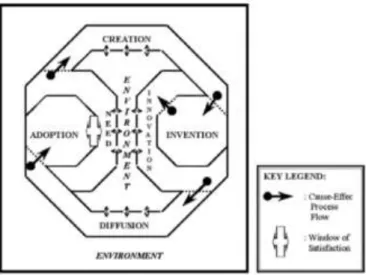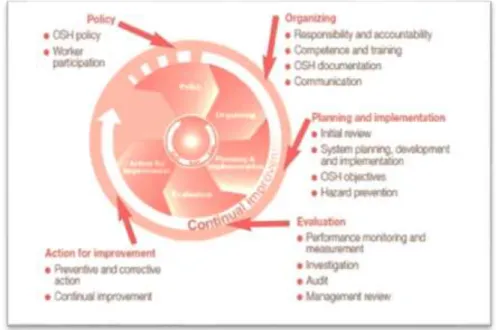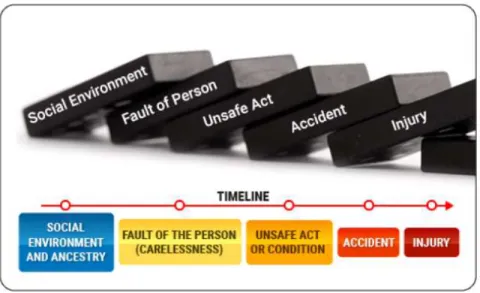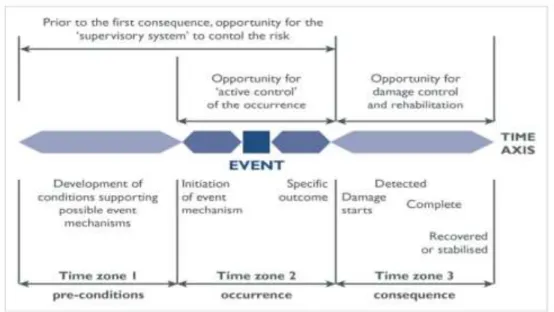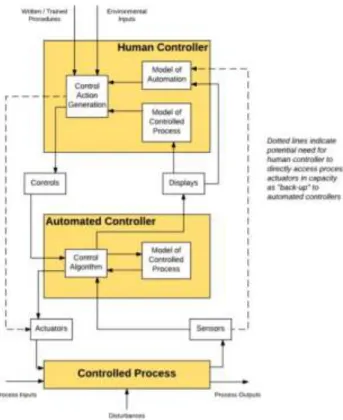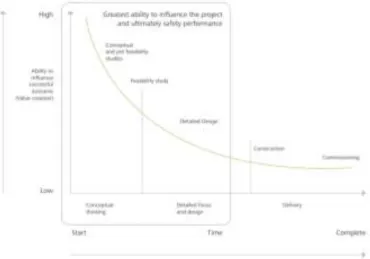10 Figure 2.1: Occupational safety and health model source: Improving occupational safety and health: the International Labor Organizations contribution - Peter Blombäck*, 2021. 22 Figure 2.6: Conceptual framework of work-related accidents economic costs Source: Weerd, Barandiarán Irastorza and Elsler, 2014. 43 Figure 2.14: Random Forest technique source: Random Forests in Machine Learning | Random Forests for Data Science, 2020.
Study Overview
Health and Safety in the Construction Industry
In addition, project managers must effectively monitor employee behavior and adherence to health and safety standards. All stakeholders involved in a construction project must follow the occupational health and safety regulations displayed at the workplace. The construction risk management process involves identifying certain and uncertain risks by evaluating risk events based on their likelihood and outcomes.
Technology Development in the Construction Industry
Project managers and directors examine all potential risks related to the construction project's operational, environmental, financial and contractual aspects to make appropriate construction risk management. The key stakeholders in the construction sector's technology adoption cycle include owners, contractors, subcontractors, project management firms, engineers and designers, suppliers and manufacturers. Types of construction technologies that can be implemented during design and construction phases include real-time monitoring sensors, automatic transportation systems of products and components, artificial intelligence systems for controlling construction procedures and BIM application to carry out comprehensive design and planning of projects before the construction stage.
Health and Safety Management under Smart Construction
To establish a health and safety monitoring platform, the accumulation and development of big data must be collected.
Research Problem Statement
What are the key elements needed to implement a smart prediction system to reduce HS risks.
Research Aim and Objectives
Research Aim
Research Objectives
Obtain fuzzy positive ideal solution, fuzzy negative ideal solution and proximity coefficient values to rank the collected construction risks.
Scope of Work
Research Outline
The 6th chapter summarizes all topics in the thesis and introduces the research recommendations and limitations and future research recommendations.
Theme of the Research Study
The importance of the topics in the construction industry, occupational health and safety management and machine learning algorithms appears from different perspectives. It is the city of skyscrapers and high-rises that attracts tourists and residents to visit and live in it. In the negative ideal solution, the 'NIS' values 'b' and 'c' are replaced by the 'a' value in a fuzzy triangle 'abc'.
Literature Review
Health and Safety Background
- History of Occupational Health and Safety
- The Importance of Health and Safety
- The Causes of Construction Accidents
- Growth Of Causation Models
Since the beginning of the 20th century, developed countries worldwide have begun to focus on workers' health and safety due to the significant increase in occupational injuries and illnesses in the workplace. In September 1998, the International Labor Organization (ILO), one of the United Nations agencies, published health and safety codes and frameworks to prevent occupational incidents and diseases in workplaces. Based on Heinrich's Domino Theory, accidents will be prevented by removing one of the five factors.
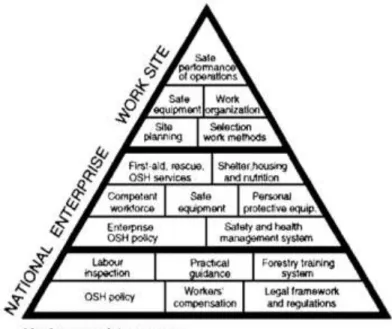
Cost Of Work-Related Accidents, Injuries and Ill-health
In general, when an accident occurs, the associated indirect costs are significantly higher than the direct costs because the indirect costs are sophisticated and cannot be measured. The types of injury and accident costs that are not covered by insurance are incident audit costs, loss of production, project handover delays, damage to tools and machinery, legal costs, etc. The large number of injury and death cases results in direct and indirect costs associated with these cases (Weerd, Barandiarán Irastorza, & Elsler, 2014).
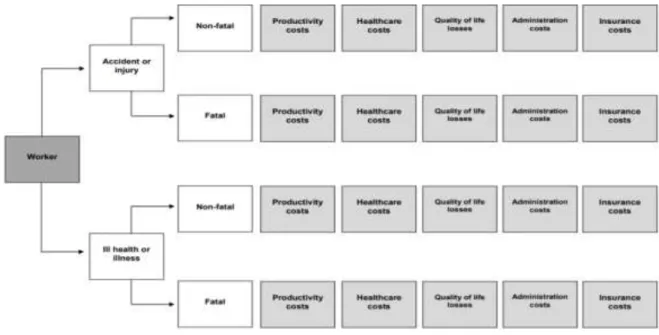
Occupational Health and Safety Management Systems (OHSMS)
After the planning stage, implementation and performance mechanisms must be implemented to achieve the goals and objectives at the board level. A risk management system includes risk planning, assessments, monitoring and control methods to prevent or mitigate hazardous events. Monitoring and control organizations are continuously measured and evaluated to further improve the organization's performance.
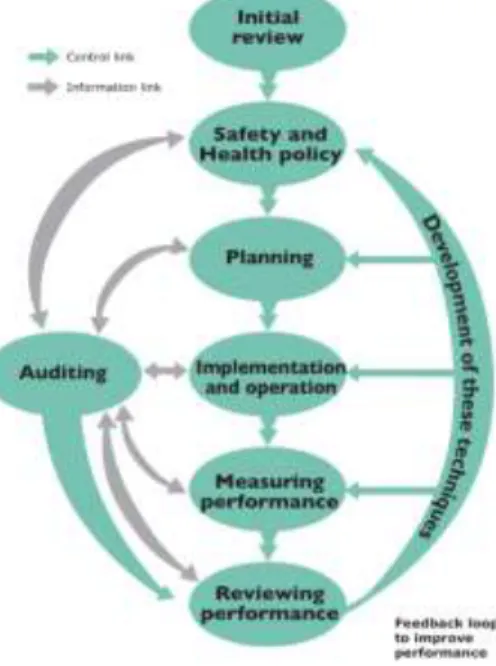
Management Of Health And Safety Risks in Construction Projects
Examining the construction market and learning from other organizations' experiences in managing risks and dangerous incidents helps managers establish health and safety activities in the pre-construction phase. In addition, improving the performance of health and safety projects results in gaining a competitive advantage in the market. One of the main benefits of implementing a health and safety system on construction projects is cost savings by preventing the incidents.
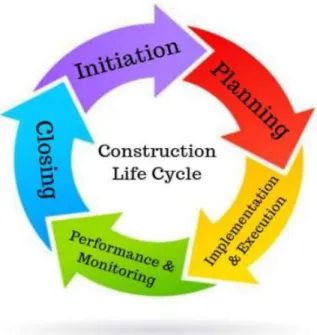
Risk Management Processes for Construction Projects
In construction projects, quantitative methodology requires advanced techniques such as machine learning algorithms “ML”, multi-criteria decision making “MCDM” and Monte Carlo simulation to study and explore the consequences and probabilities associated with the risks involved. An essential procedure after risk assessment is the ranking of risks according to the probability and consequences of their occurrence. The main concept behind the matrices is to level and prioritize identified risks to plan risk responses and facilitate the decision-making process.
The Fundamentals of Health and Safety Standards in UAE
- UAE OHSMS Framework
The Occupational Health and Safety Management System (OHSMS) standard followed by the UAE is the national standard AE/NSCS/NCEMA 71000:2016. The root causes of health and safety incidents in the UAE are insufficient safety planning, inadequate safety culture and inadequate safety management. Occupational Health and Safety Management Systems (OHSMS) implemented in UAE organizations set out requirements for identifying, assessing and evaluating occupational risks.
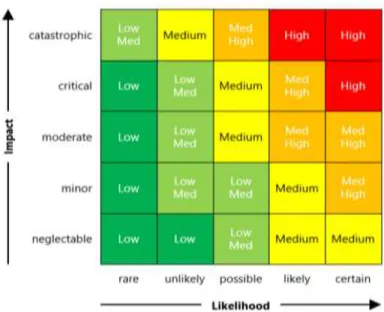
Machine Learning Algorithms’ their Role in the Construction Industry
- Introduction
- Artificial Intelligence and Machine Learning
- Machine Learning Algorithms
- Artificial Neural Networks
- Decision Tree
- Random Forest
- Support Vector Machines
- Instance-Based Learning (KNN)
- Applications of Machine Learning Algorithms
- Smart Construction using Machine Learning Algorithms
- Project Health and Safety
- Project Quality
- Project Time
- Project Cost
- Challenges of Machine Learning Implementation in Industry
Machine learning is one of the methods created in 1959 to help implement artificial intelligence. To increase the annual growth of the construction industry, artificial intelligence and machine learning are being merged into business operations and strategy. Data availability is one of the critical challenges in the construction industry due to its importance in implementing machine learning applications and training algorithms to fit corporate strategy.
Determining the level of importance of risk parameters, probability and severity, while assessing health and safety risks on construction sites. One of the vital parameters in the selection criteria is the nomination of case studies pertaining to the construction sites of the United Arab Emirates. The ultimate goal of the health and safety management system is to create safe conditions in the workplace for workers.
The advantage of the long experience of the experts is due to the lack of uncertain events in the health and safety recorded on UAE construction sites. As the construction industry is one of the profitable industries in the UAE and has a high potential of risks, the author set up a leading health and safety indication program using machine learning algorithms and MATLAB computer software. Explore other machine learning theories at different stages of the construction business such as the construction phase and design phase.
This type is not one of the most harmful events on human health and safety compared to the others.
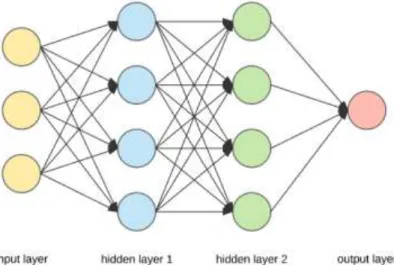
Research Methodology
Methodology Selection and Justification
- Decision Matrix Risk-Assessment
- Fuzzy Analytic Hierarchy Process (FAHP)
- Integration of DMRA and Fuzzy AHP Techniques
The collected information and data used in the dissertation help researchers to investigate health and safety risks in construction projects or construction sites. Health and safety risk reports collected at the sites of previous projects carried out in the UAE are considered alongside qualitative data. The implementation of mixed research methodology in this study follows the following pattern.
The literature review covers several topics related to the construction industry, health and safety management, and machine learning algorithms. The essence of health and safety management arises by preserving working life, reducing project costs, saving construction time and increasing quality and performance. Moving forward, real case studies and survey methodologies are used in health and safety data collection, identification, evaluation and assessment of risks to reduce or eliminate construction project threats.
The registration and risk categorization process is carried out by collecting health and safety reports from various construction sites in the UAE. It helps project stakeholders create proactive health and safety strategies by reviewing potential risks. The health and safety of a construction project is assessed by defining severity and probability parameters as scoring systems to categorize several types of hazards.
Therefore, in this study, a fuzzy analytical hierarchy process (FAHP) approach is performed to achieve the desired output in making effective health and safety risk management decisions in construction projects.
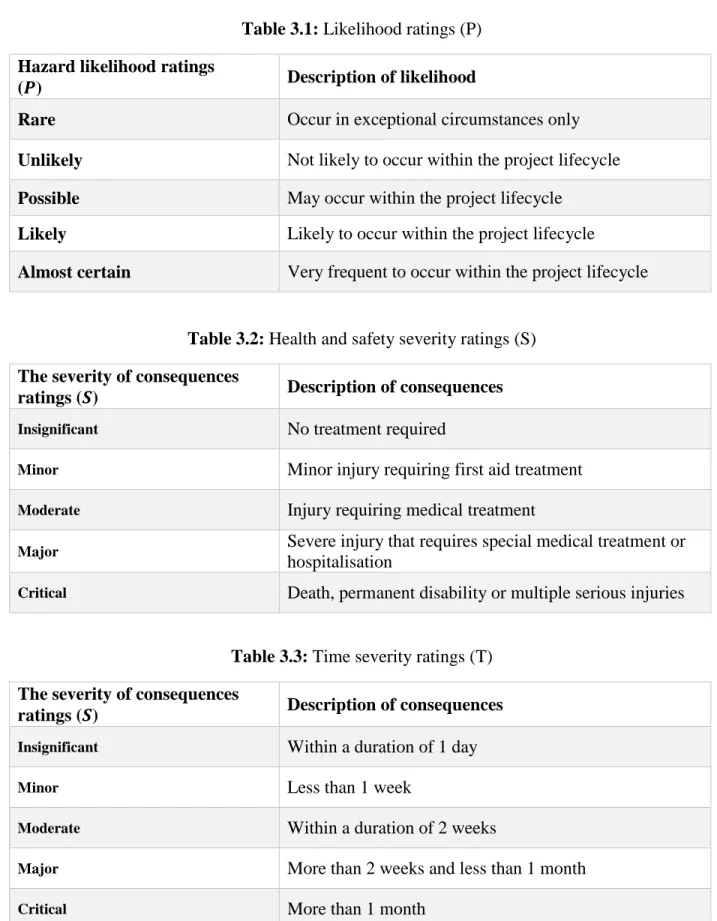
Software Selection and Validation
Process Improvement Methodology
The types of risks will be evaluated and ranked according to the average similarity value (Zhang, Ma, & Chen, 2014). In this research, the author focuses on performance improvements related to occupational health and safety management in UAE projects. All government and private sectors establish an indicator for continuous monitoring, analysis and control of OHSMS performance management using key performance indicators (KPIs).
Lagging safety performance indicators depend on historical data by tracking incidents that have occurred, safety issues and implementation of corrective actions where leading indicators set policies, procedures and practices to control the incidents before, during and after the incident. Although the UAE government has established comprehensive health and safety regulations, many project contractors do not apply them during construction. Therefore, the solution is to help organizations develop a leading indicator that continuously measures, monitors and controls health and safety performance.
An intelligent, cost-effective, thorough system that includes sensors, machine learning algorithms and cloud storage needs to be integrated and implemented to implement leading indicators in UAE construction projects. While risk management procedures are monitored and modified, additional parameters can be reviewed to accurately review the performance of construction projects. In addition, contractors in the UAE pay less attention to some parameters such as planning, communication, etc.
Therefore, it is important to develop a historical database and a real-time intelligent analytical system to overcome the shortage of construction projects (AE, NSCS & NCEMA, 2016).
Methodological Frameworks
- The Framework of Construction Risks Research
- Main Four Categories of the Collected Risk Types
- Schematic flowchart of Fuzzy AHP and TOPSIS Procedures
- Schematic of MATLAB Program
Applications of the Proposed Methodology
- Case Studies Justification and Selection Criteria
- Construction Health and Safety in Dubai
- Dubai Hills Business Park Project
- Smart City Silicon Park Project
- Creek Rise Towers Project
The growth of the construction industry will lead to the improvement of real estate and tourism businesses. On the other hand, dust release risk event has the minimum impact on health and safety, cost, time and quality of the project with less rate of incidents. The linguistic variables relevant to the critical weight of the five chosen criteria are demonstrated in figure 4.2.
The main purpose of ideal solution comparison is to demonstrate the strengths and limitations of the three methods. It uses MCDM, Fuzzy AHP and TOPSIS methods to facilitate the decision-making process depending on the weights of the experts' rated attributes. The results of the third ideal solution meet the experts' judgment and global statistical data.
In the UAE market, the construction industry forecast has an annual average growth rate of 3.9% between the duration of the year 2022 and the year 2025 (WIRE, 2021). The five parameters selected are the probability of occurrence, health and safety threats, the duration of the incidents and their corrective actions, productivity losses and the total cost of accidents. Also, there is a limited time span of the research to be conducted.
One of the critical tasks in construction projects is to prevent worker misunderstandings and mistakes. In addition, it positively impacts project performance by reducing the cost and duration of mitigation actions. Since not all workers can adopt the construction site culture and apply health and safety regulations, project supervisors must give them clear directions to comply with UAE construction site culture and legislation.
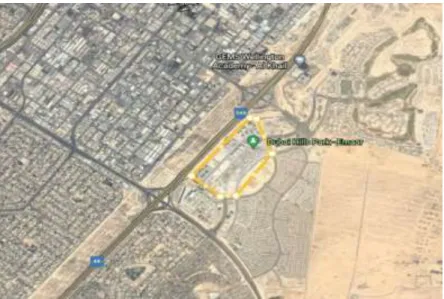
Research Data, Analysis and Discussion
Introduction
Construction Risk types, Probability and Severity
Selection of Decision-Makers and Criteria Evaluation
Multiple-Criteria Decision Making (MCDM) Implementation
Aggregation and Normalisation Methods
Ideal Solutions and Similarity Measures
Risks Classification
Research Results
- Introduction
- Fuzzy AHP and TOPSIS Program Results
- Decision Maker’s Evaluation of Risks
- Aggregation Procedure of Fuzzy Decision Matrix ‘FDM’
- Normalisation Procedure of Fuzzy Decision Matrix ‘FDM’
- Ideal Solutions Criteria
- Method 1: Chen Et Al. Ideal Solution
- Method 2: Alidoosti, Yazdani, Fouladgar, and Basiri Ideal Solution
- Method 3: Hwang and Yoon’s Ideal Solution
- Output Data of Risks Classification Procedure
Research Discussion
Conclusion and Recommendations
Human Biological and Behaviour Risk Responses
- Unskilled workers work at heights and dangerous areas
- Lack of Risk Monitoring and Auditing
- Virus or Disease
